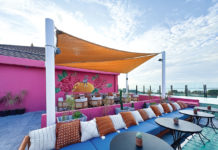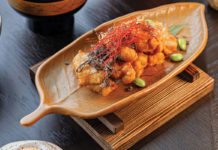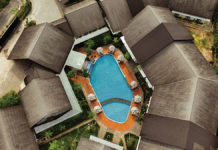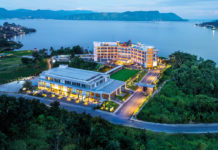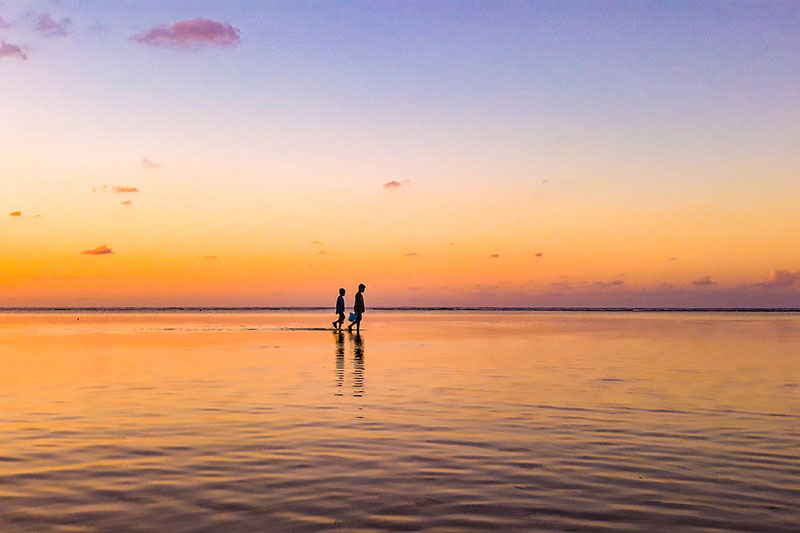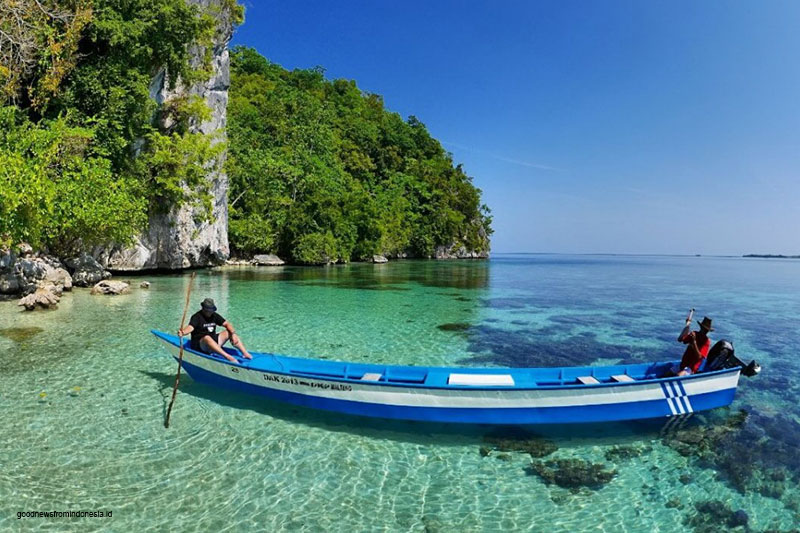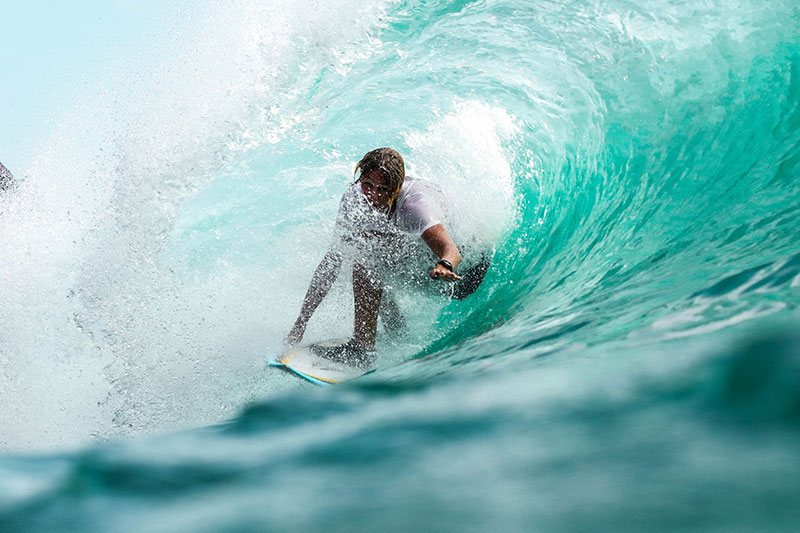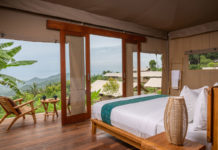A hidden paradisiacal gem, Maluku is one of Indonesia’s most exciting holiday destinations with plenty of white sandy beaches and history to see.
Most commonly known as the Moluccas or the Spice Islands in the West, Maluku is regaining popularity as a must-visit holiday destination in Indonesia. Consisting of 632 islands scattered between Sulawesi and Papua, Maluku is blessed with incredible sea gardens, tropical beaches and rows of volcanic mountains.
Back in the 16th century, this group of islands was the only place in the world where spices such as cloves, mace and nutmeg could be found, and they were more valuable than gold at that time. This resulted in serious battles between the Portuguese, Spanish, English and Dutch, who all fought to take full control of the spices. Hence, in the West, the name of the Spice Islands.
Nowadays, the islands of Maluku are in the spotlight as hidden gems that offer visitors charming historical appeal, and swathes of white sandy beaches with natural landscapes that tantalise the eyes. An excellent choice for those looking for a relaxing tropical holiday, the surrounding coral reefs are home to an impressive diversity of marine life offering unbeatable snorkelling and diving experiences.
Divided into two provinces, northern and southern, first-time visitors are most likely to set foot in Ambon, primarily because of the easy accessibility for the neighbouring islands. The city of Ambon was once the hub of the spice trade and the remnants of colonial history are still visible. From Ambon, take a boat trip to Pulau Seram, the largest island in the area, where the main attraction is Manusela National Park, which is home to 120 species of bird and 2,000 varieties of butterflies and moths. On the neighbouring Banda Islands, which comprise of a cluster of ten tiny islands, enjoy exploring the remains of several forts that left behind by the Dutch and British. Besides the cultural heritage, Banda Islands also offer excellent diving and snorkelling opportunities, with the still-active volcano of Gunung Api as the backdrop.
In the northern part, areas such as Ternate, Tidore and Halmahera are dominated by volcanoes, and many are still active until this day. In Halmahera, much of the island is covered in pristine forest, which is home to a wide variety of endemic bird species. Just north of Halmahera, the island of Morotai was the base for Allied Forces during WWII and war remnants can still be found, including a statue of General Douglas MacArthur and a landing strip once used by warplanes. The island of Morotai has now been assigned as Indonesia’s Top Priority Tourist Destination with many new resorts opening. This development comes at a perfect time to cater to tourists looking to enjoy the beautiful underwater and surfing.


